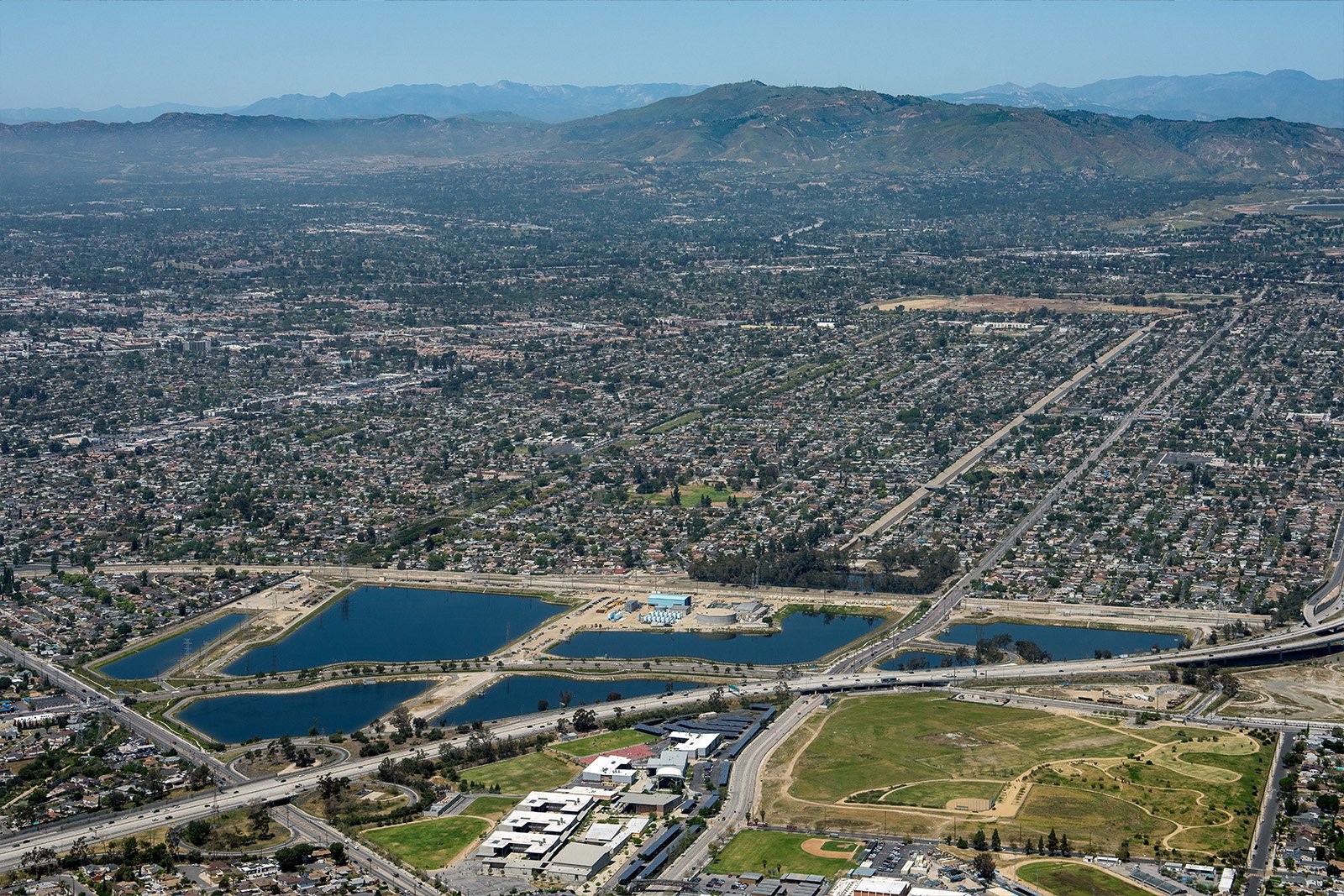
Los Angeles is making big strides in the world of water conservation and sustainability. The city has nearly finished a $600 million project in the San Fernando Valley that will turn contaminated groundwater from one of the United States' largest Superfund sites into clean drinking water for as many as 800,000 Angelenos annually. It is a major step toward achieving the city’s goal of obtaining 70% of its water from local sources by 2035 -- a move that will rein in the city’s reliance on water imports and help Los Angeles be more self-sufficient.
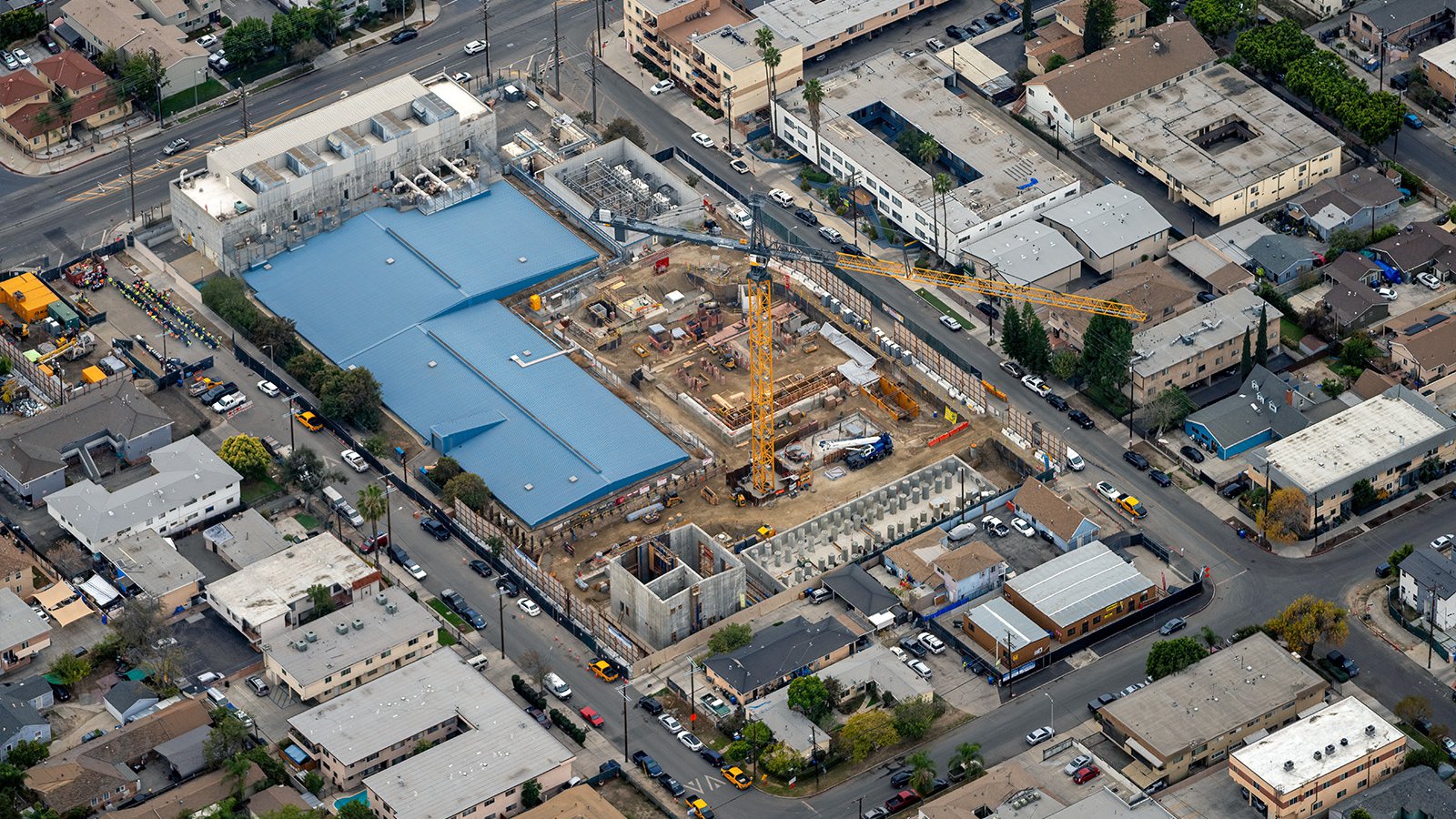
An aerial view of the construction of the North Hollywood Central Response Action Treatment Facility, a pivotal component in the San Fernando Valley Groundwater Remediation project aimed at restoring Los Angeles' vital water resources.
What is the San Fernando Valley Groundwater Remediation (SFGR) Project?
SFGR is an ambitious groundwater remediation project that is being conducted by the Kiewit-Stantec design-build team for the Los Angeles Department of Water and Power (LADWP), in conjunction with multiple state and federal agencies. With an estimated completion date of late 2023, these state-of-the-art facilities will produce up to 75 million gallons of clean drinking water every day by treating polluted groundwater from one of the nation's largest Superfund sites. This water will be used to supply over 800,000 residents of Los Angeles with safe, sustainable, clean drinking water.
Why is the SFGR Important?
The San Fernando Valley Groundwater Remediation project seeks to clean up Superfund sites in the San Fernando Valley, an area that has long suffered from high levels of contamination in its groundwater. The contamination dates back to the 1940s when improper storage, handling, and disposal of hazardous chemicals by commercial and heavy industries polluted the aquifers in the San Fernando Groundwater Basin (SFB). The goal of the SFGR project is to transform polluted water into potable drinking water by removing cancer-causing chemicals, such as perchloroethylene (PCE), and trichloroethylene (TCE). Additionally, the project aims to create a new, sustainable source of local drinking water, which will benefit both the environment and those living in the area.
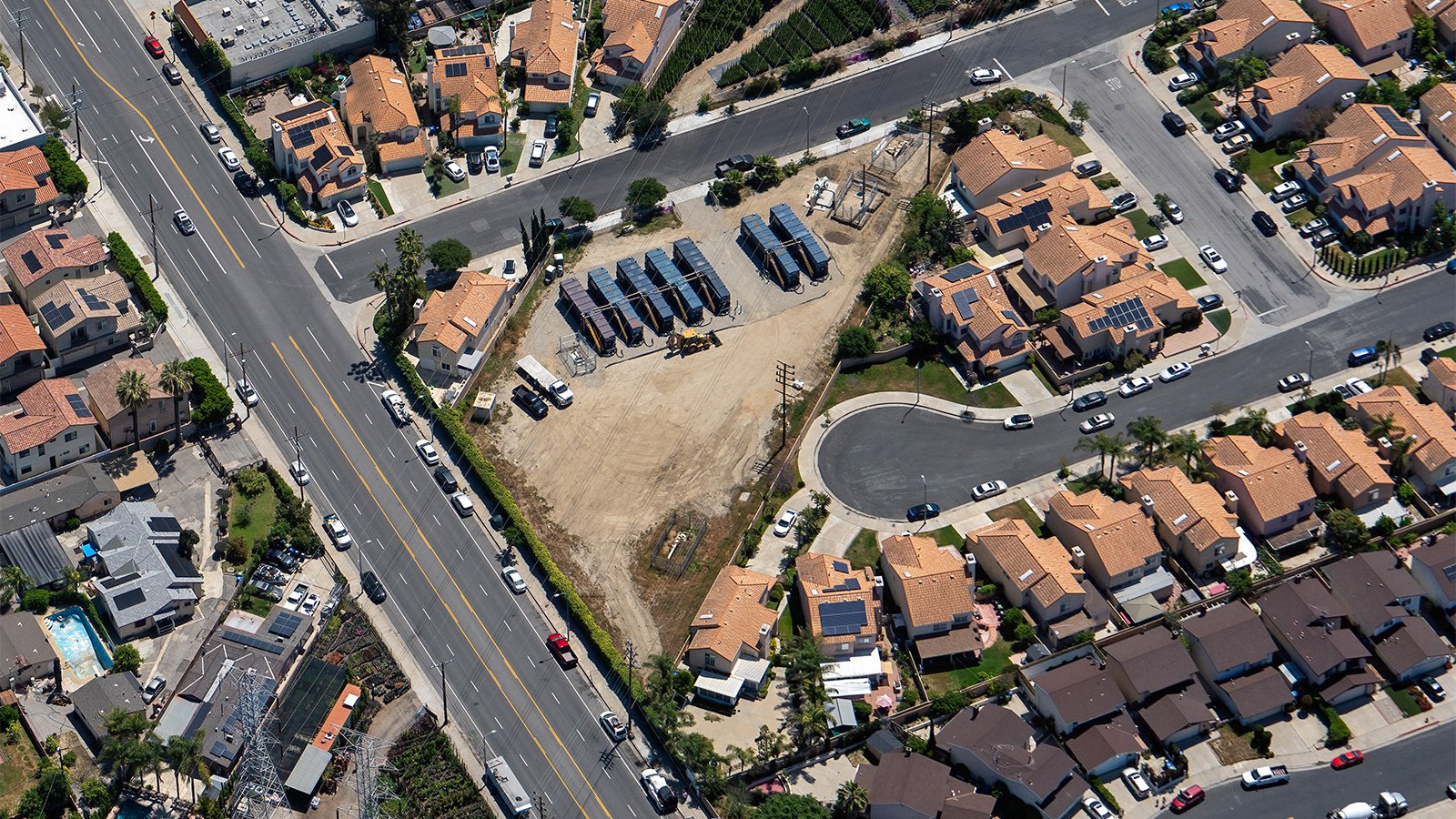
Aerial image of one of the several wells in the Rinaldi-Toluca well field, which serve as essential checkpoints for contamination in the San Fernando Groundwater Basin
How will the San Fernando Valley Groundwater Remediation project Remove the Contamination?
The SFGR project includes construction of more than 12 miles of pipelines, 10 massive ultraviolet advance oxidation process reactors, and 250 miles of electrical cable throughout the east San Fernando Valley. Additionally, three state-of-the-art treatment facilities will be built, utilizing some of the most advanced technologies available to produce up to 87,000 acre feet, or roughly 28 billion gallons, of drinkable water during a typical year. The largest of the three treatment facilities will be able to process three times as much water per second as the world's largest existing groundwater treatment facility.
The treatment facilities were specifically created to remove local contaminants in the San Fernando Groundwater Basin, as each contaminant requires its own a specialized removal method. For example, in order to remove TCE, water is pumped into an aeration tower and the water flows back down with an upward blower creating a counter-current. This process traps the TCE and vaporizes it into a controlled air-stream which is then filtered through activated carbon to prevent it from being released into the atmosphere.
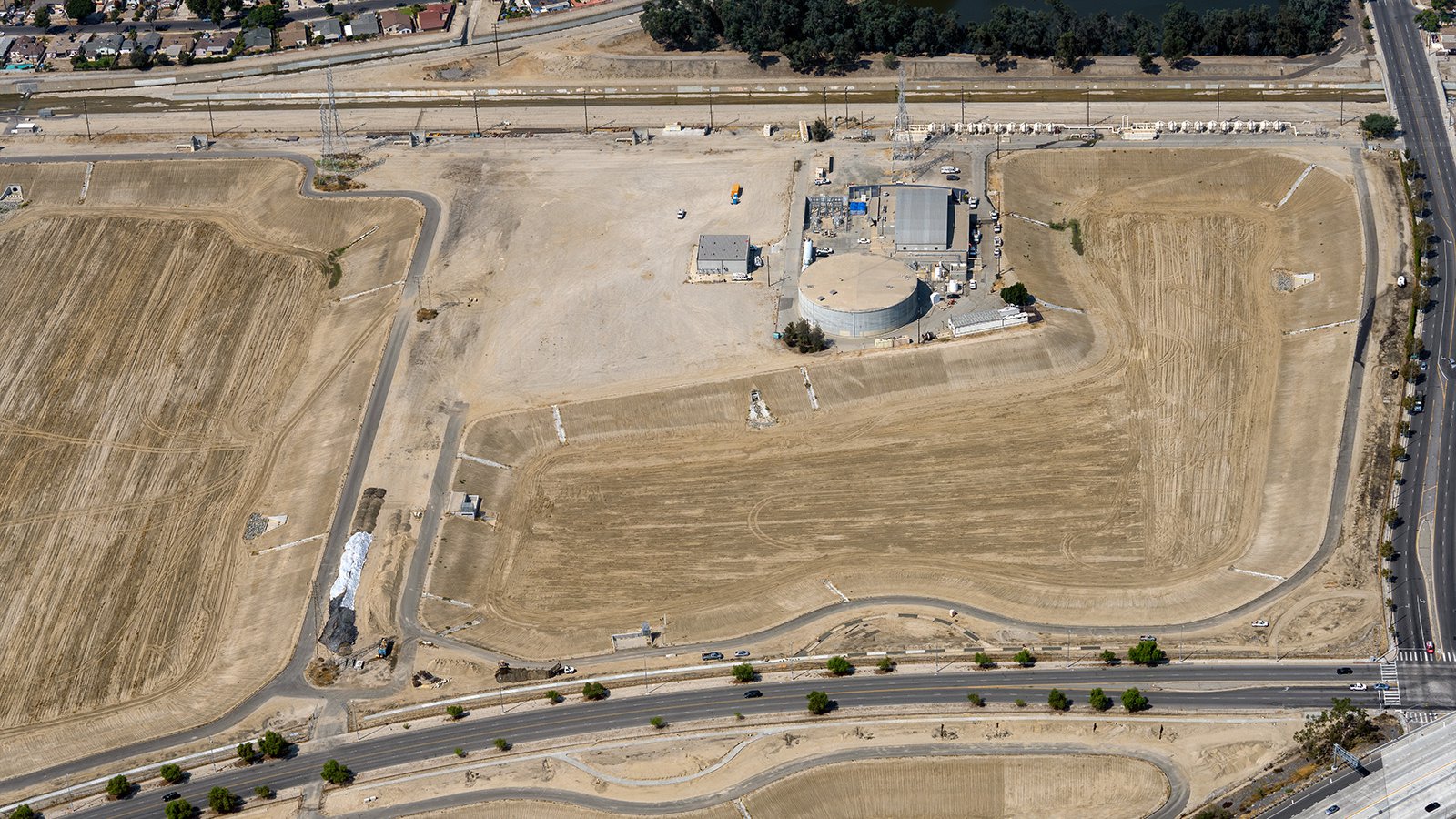
Aerial photo of the Tujunga spreading grounds, an ideal location for the Tujunga Well Field Response Action Treatment Facility to enhance its ability to deliver clean drinking water to hundreds of thousands of Angelenos.
New Treatment Facilities
Tujunga Well Field Response Action Treatment Facility
The largest of the three new facilities, the Tujunga Well Field Response Action Treatment Facility is equipped with liquid phase granular activated carbon vessels which are used to remove contaminants from the groundwater. These vessels use a physical-chemical process known as adsorption, in which pollutants become attached to the surface of the carbon particles. As a result, the water passes through the vessels and is decontaminated. Additionally, an advanced oxidation process is used to further remove contaminants so that the water is safe for consumption.
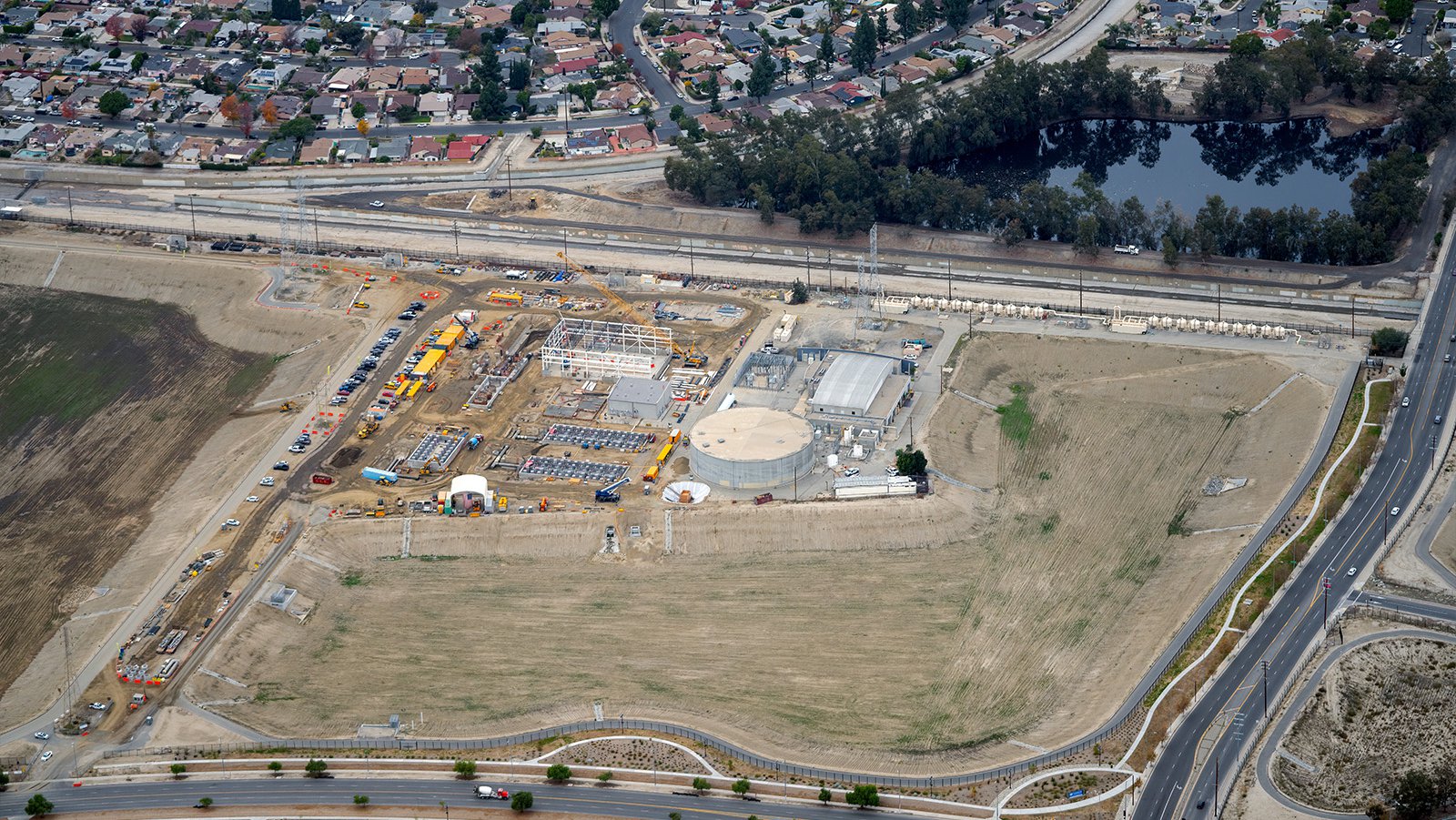
An aerial photograph of the Tujunga Well Field Response Action Treatment Facility construction site nestled within the Tujunga spreading grounds, illustrating its essential role in the San Fernando Valley groundwater remediation project.
North Hollywood Central Response Action Treatment Facility
The North Hollywood Central Response Action Treatment Facility is designed to address groundwater contamination at the Rinaldi-Toluca Well Field. It will involve constructing and operating treatment equipment, such as advanced oxidation process and liquid phase granular activated carbon vessels, to remove 1,4-dioxane and volatile organic compounds from the groundwater in order to protect public health and the environment.
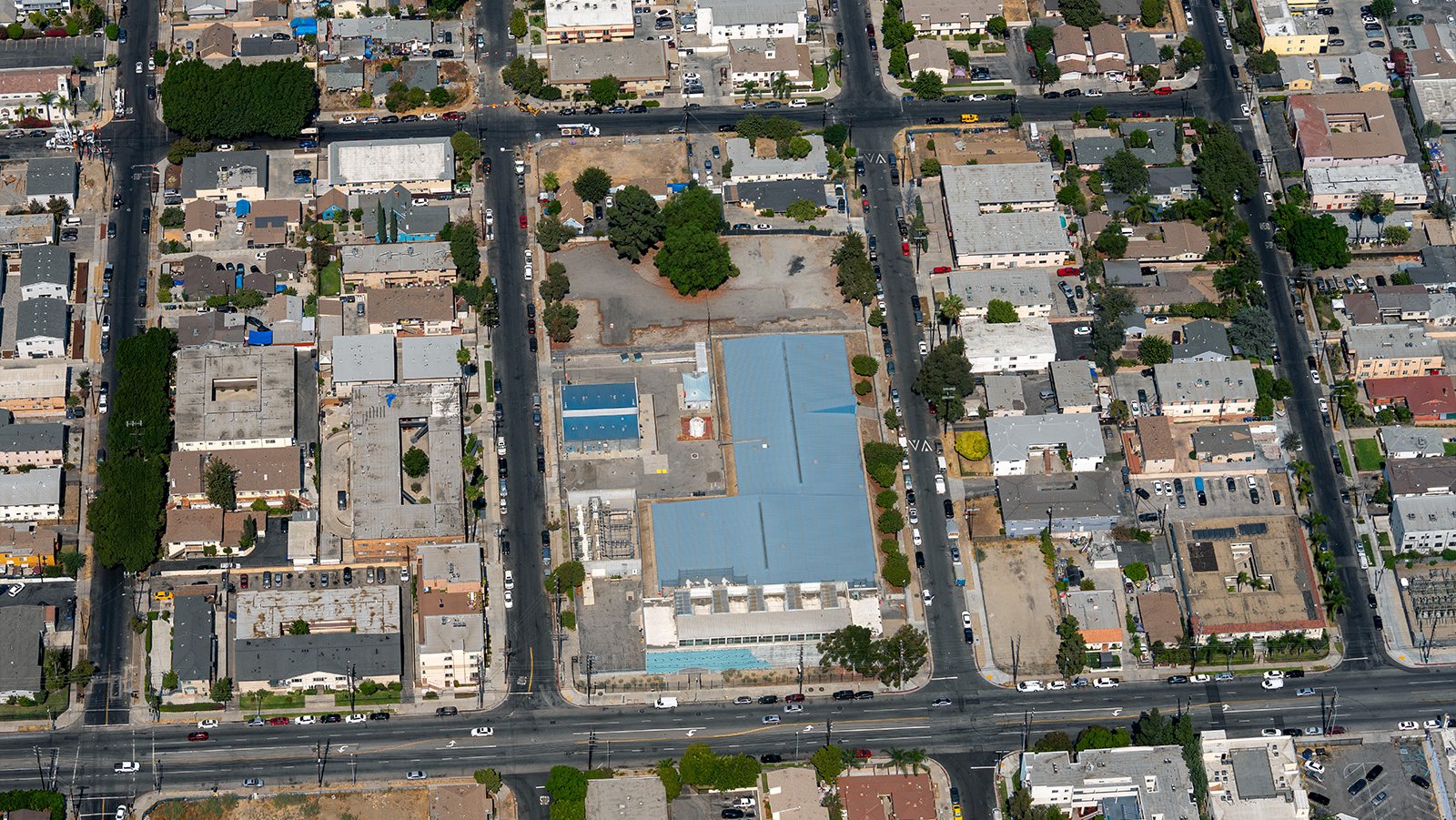
From above, the North Hollywood Central Response Action Treatment Facility takes shape, marking a significant milestone in the SFGR project, which is designed to safeguard and revitalize the area's precious water supply.
What is Groundwater Remediation?
Groundwater remediation is a process used to clean polluted groundwater and restore it to be safe drinking water. Remediation is a complex process, often requiring specialized equipment to effectively remove unwanted contaminants. The goal of remediation is to restore contaminated groundwater to be safe for consumption by people living near the polluted source, helping to ensure that nearby communities have access to clean drinking water, protecting both public health and the environment.
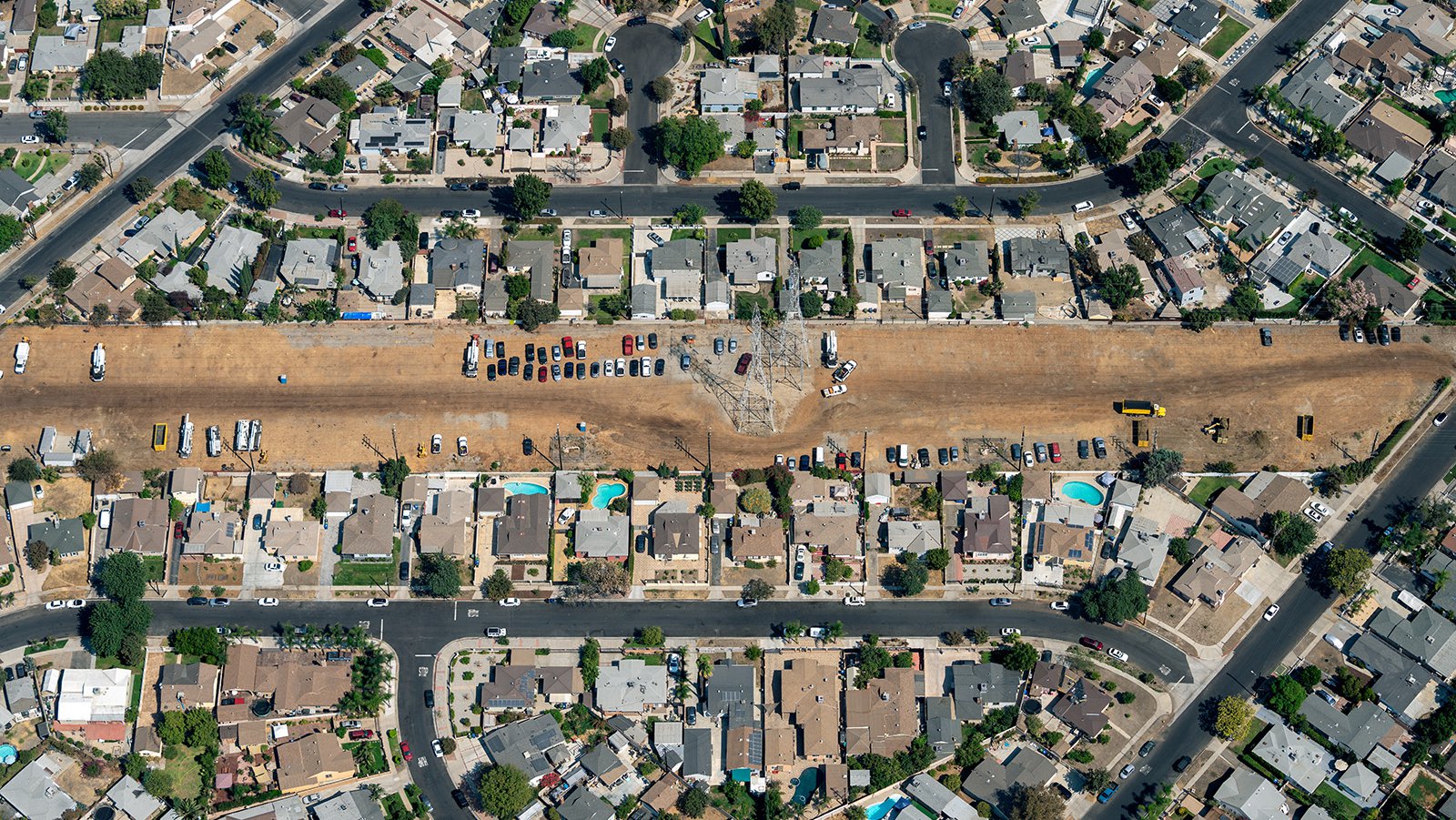
An aerial photo of a well in the expansive Rinaldi-Toluca well field, each serving as a crucial checkpoint for contamination within the SFGR project.
What is a Superfund site?
A Comprehensive Environmental Response, Compensation, and Liability Act (CERCLA), also known as Superfund, site is a location identified by the United States Environmental Protection Agency (EPA) as having been contaminated with hazardous waste and posing a risk to human health. These sites can range from abandoned industrial sites, illegal dumping grounds, and landfills, to the soil and groundwater beneath a residential area. When these sites are identified, the EPA develops a plan that outlines how the hazardous materials will be addressed and cleaned up. The Superfund program was created in 1980 to help with the cleanup of these sites, with funds coming from taxes on polluters and other sources. Cleanups are complex and often take years to complete, but they are necessary for restoring safe drinking water, healthy air, and thriving natural resources.
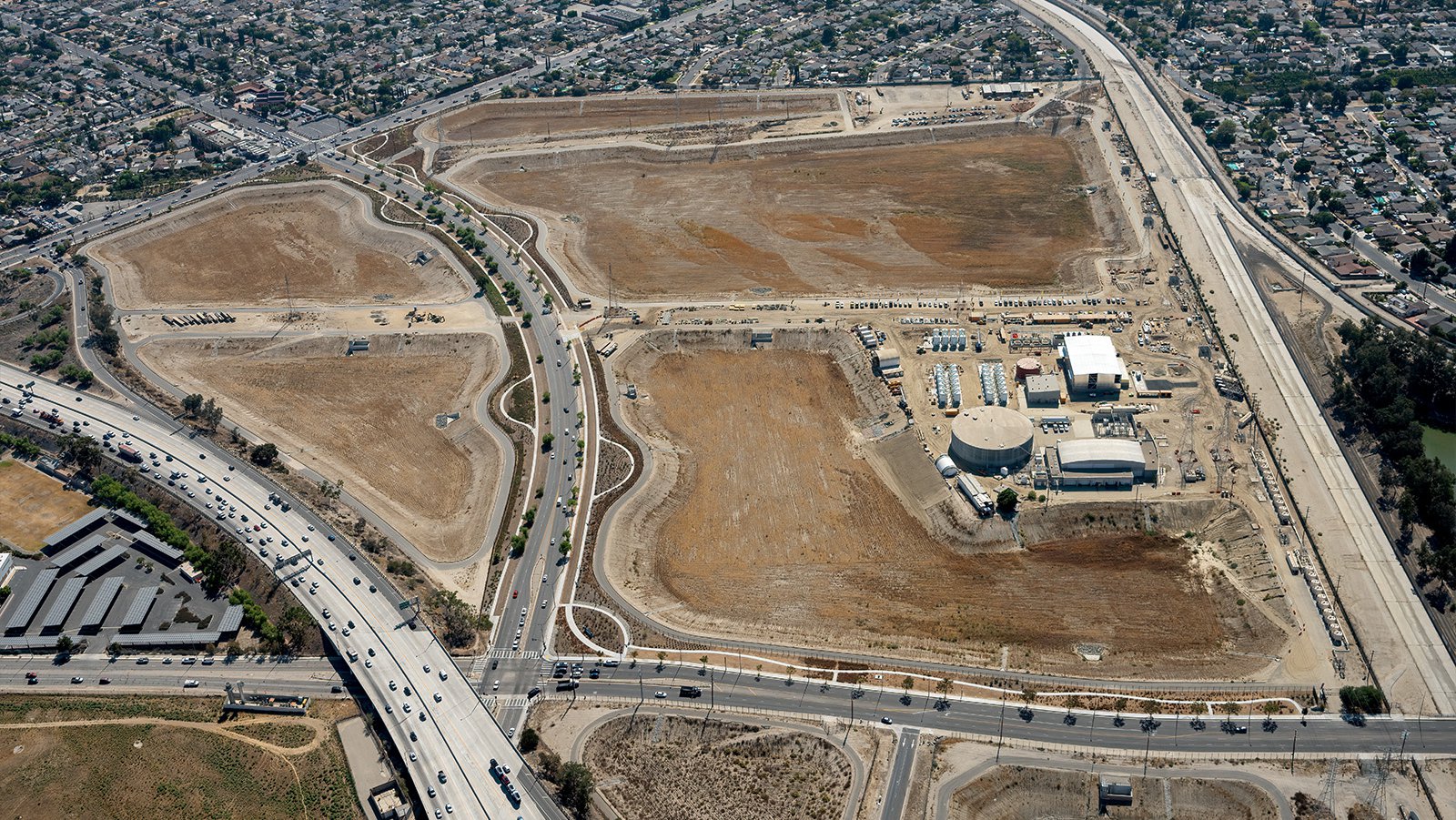
The Tujunga Well Field Response Action Treatment Facility's strategic position within the Tujunga spreading grounds showcases its vital contribution to providing clean and safe drinking water for North Hollywood residents.
What is the San Fernando Groundwater Basin?
The SFB is an important water resource for the San Fernando Valley and surrounding areas in Southern California. It is located underneath the Los Angeles River, running from Burbank to Van Nuys and is one of the largest aquifers in California. The SFB provides drinking water to over 1 million people living in this area, but has been heavily impacted by pollution due to industrial activities dating back to World War II. As a result, many sections of the basin have high levels of contaminants such as perchloroethylene (PCE) and trichloroethylene (TCE). To address this issue, LADWP recently launched SFGR project to clean up Superfund sites within the San Fernando Groundwater Basin and transform the polluted water into potable, clean drinking water. This project includes construction of pipelines, ultraviolet advance oxidation process reactors, and special treatment facilities designed to remove any remaining contaminants before being safely consumed by residents.
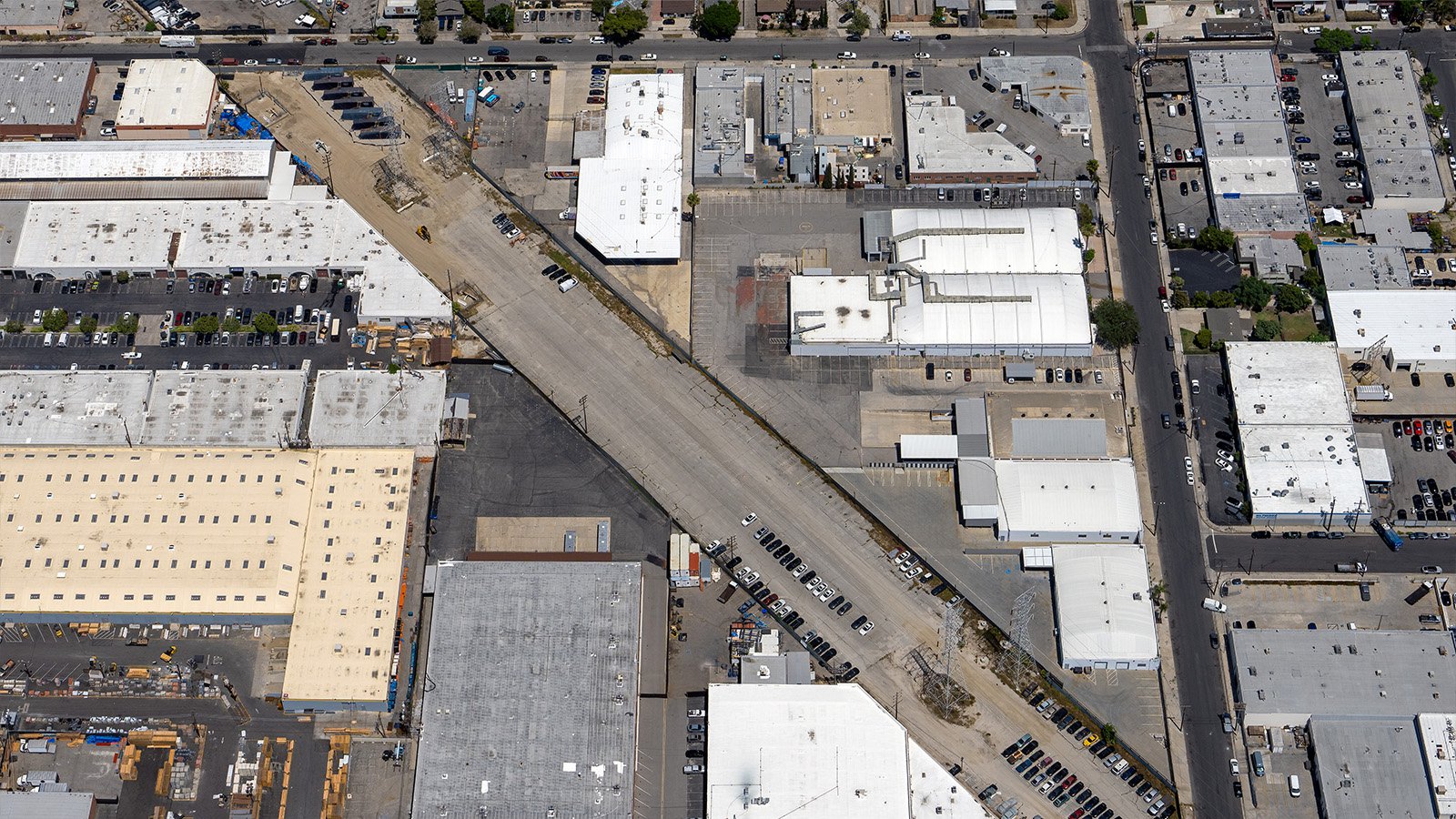
Aerial view of the Rinaldi-Toluca well fields, which blend seamlessly into the urban North Hollywood landscape and play a vital, yet inconspicuous role, in the SFGR project.
What is a Well Field?
A well field is an area where wells have been drilled to tap into aquifers and provide usable amounts of water. These wells are essential for many cities, including the City of Los Angeles, as they provide a reliable source of drinking water. Unfortunately, contamination can seep through the ground and come into contact with groundwater near these well fields. This has caused many of Los Angeles' wells to be shut down in recent years due to groundwater contamination which has led to a 50% reduction in the historical groundwater supply. As part of the remediation plan, the LADWP is planning to install up to 40 new groundwater monitoring wells in the area in order to better track water usage and contamination levels.
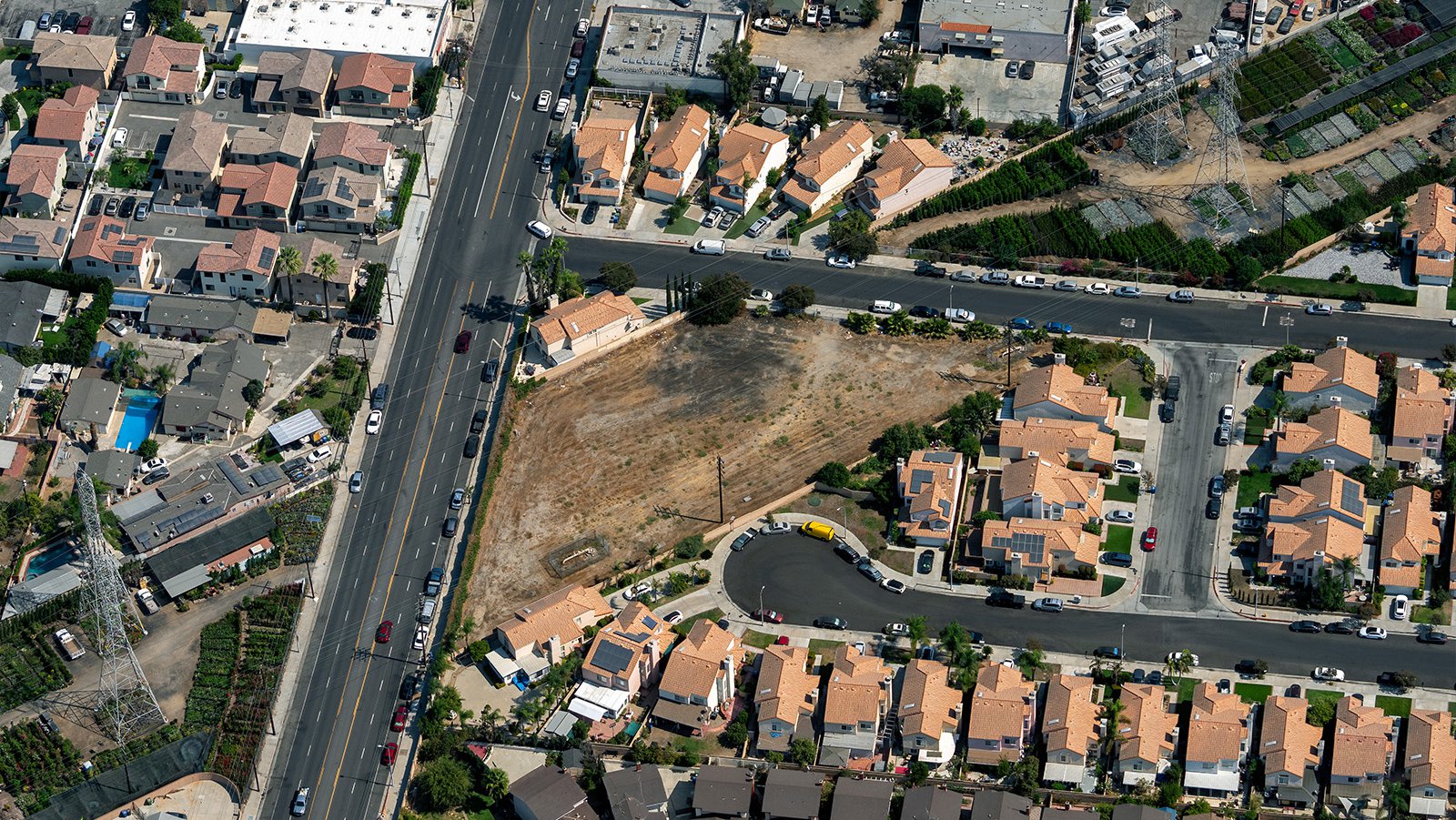
An aerial view of a well in the Rinaldi-Toluca well field, which are strategically scattered throughout North Hollywood to monitor contamination as part of the San Fernando Valley groundwater remediation project.
Los Angeles’ $600 million groundwater remediation project is an excellent example of how cities can use sustainable solutions to combat water shortages while also protecting the environment. Not only does this project provide an alternative source of clean drinking water but it also reduces reliance on imported water, which can be expensive and prone to disruption. As we move towards a more sustainable future, projects like the SFGR are key components in helping us achieve our goals while preserving our resources for future generations.